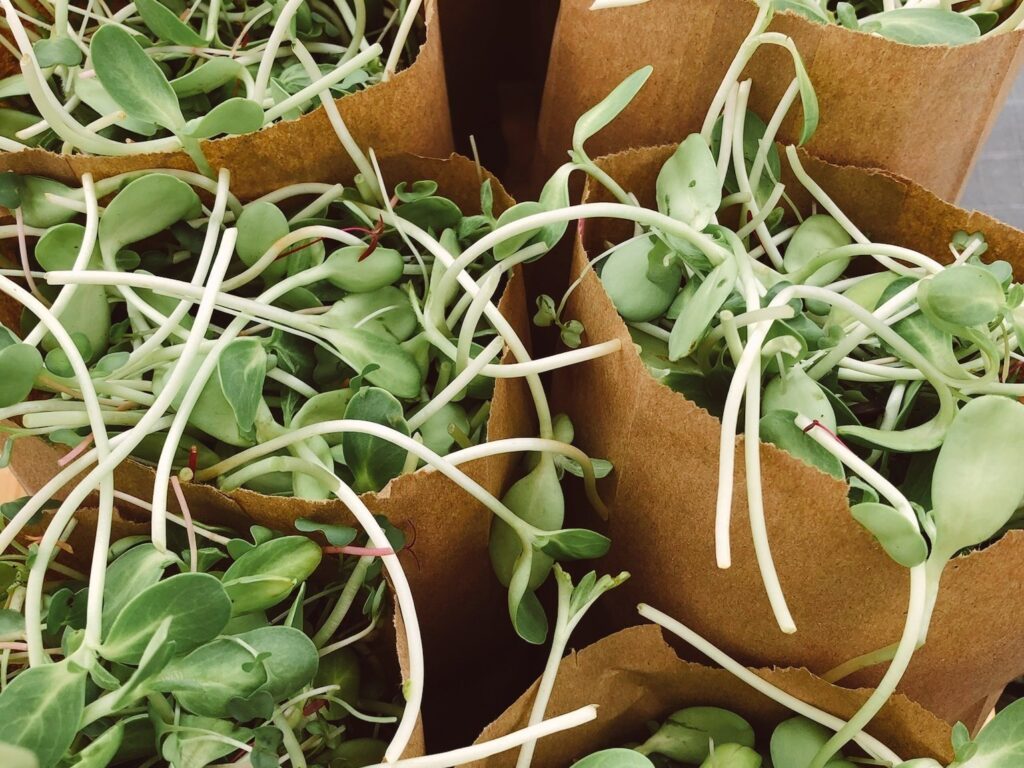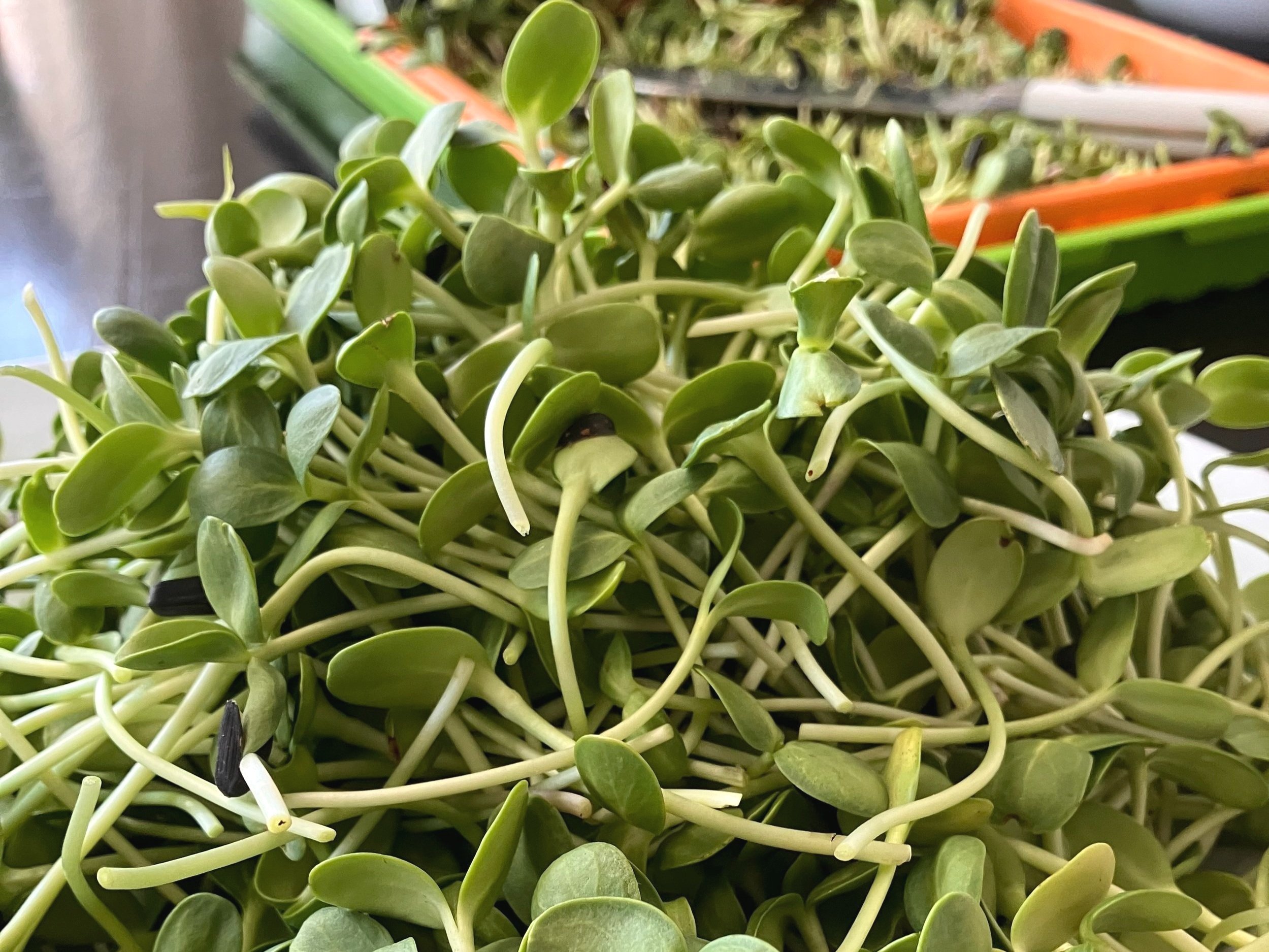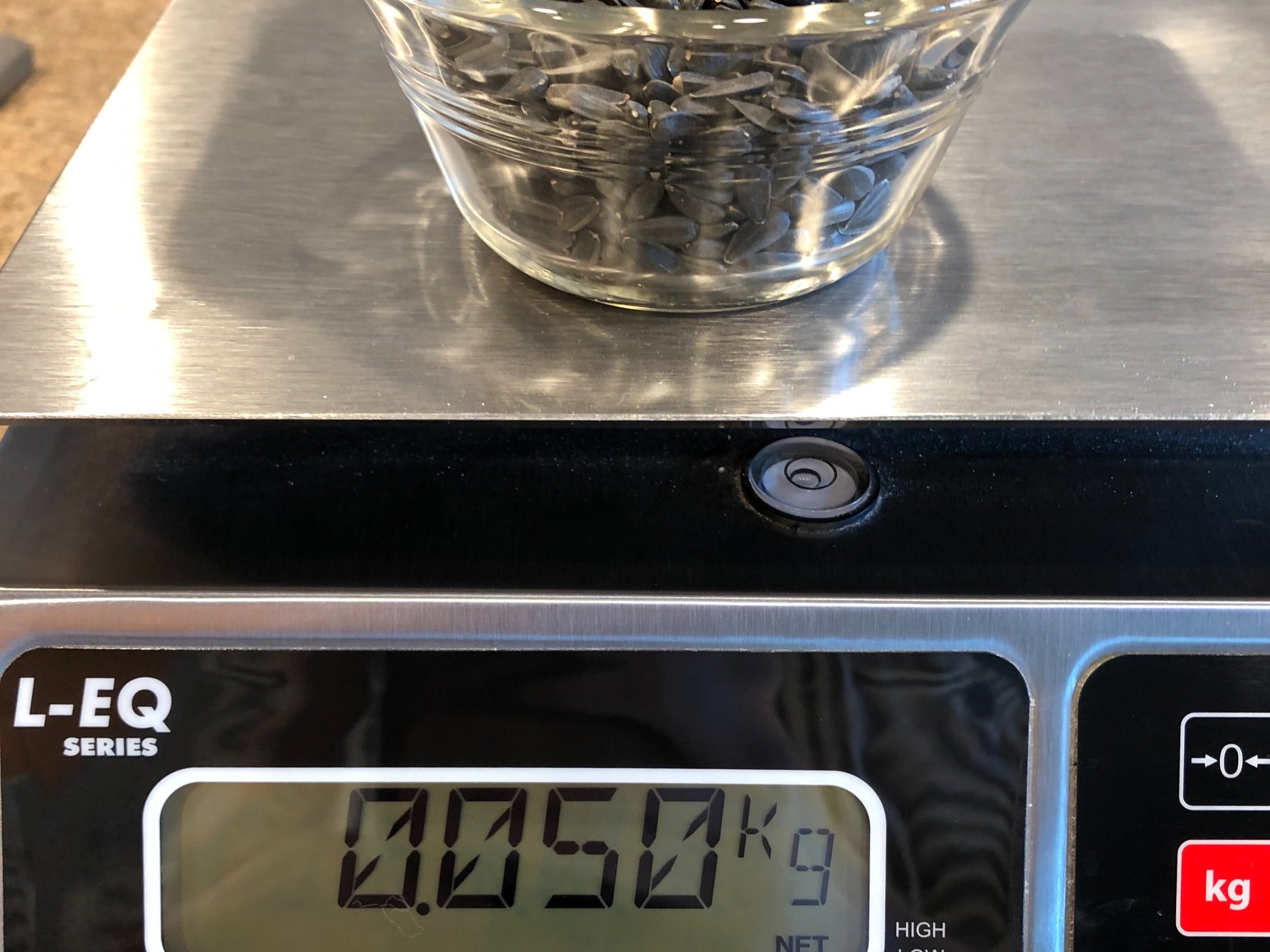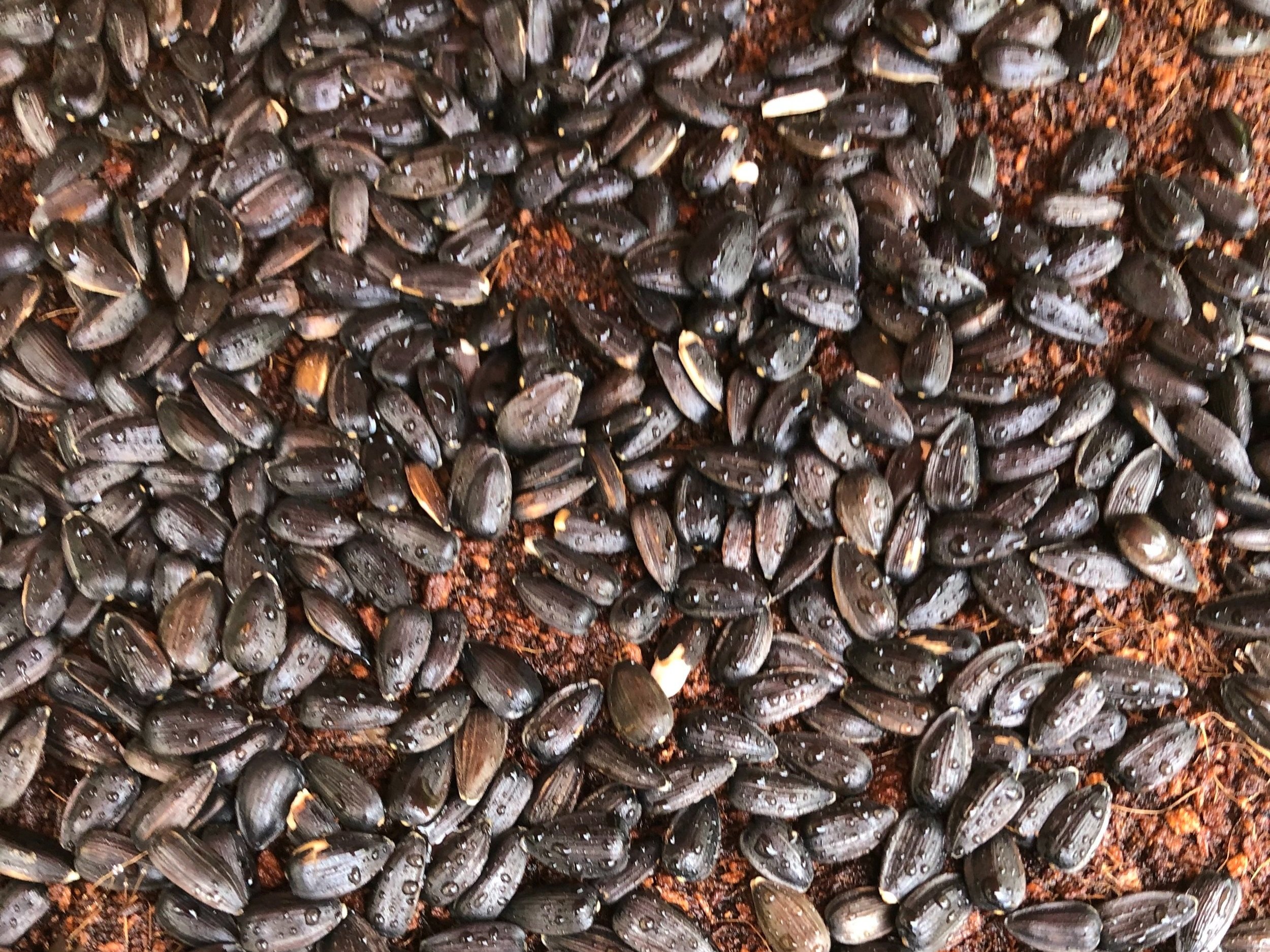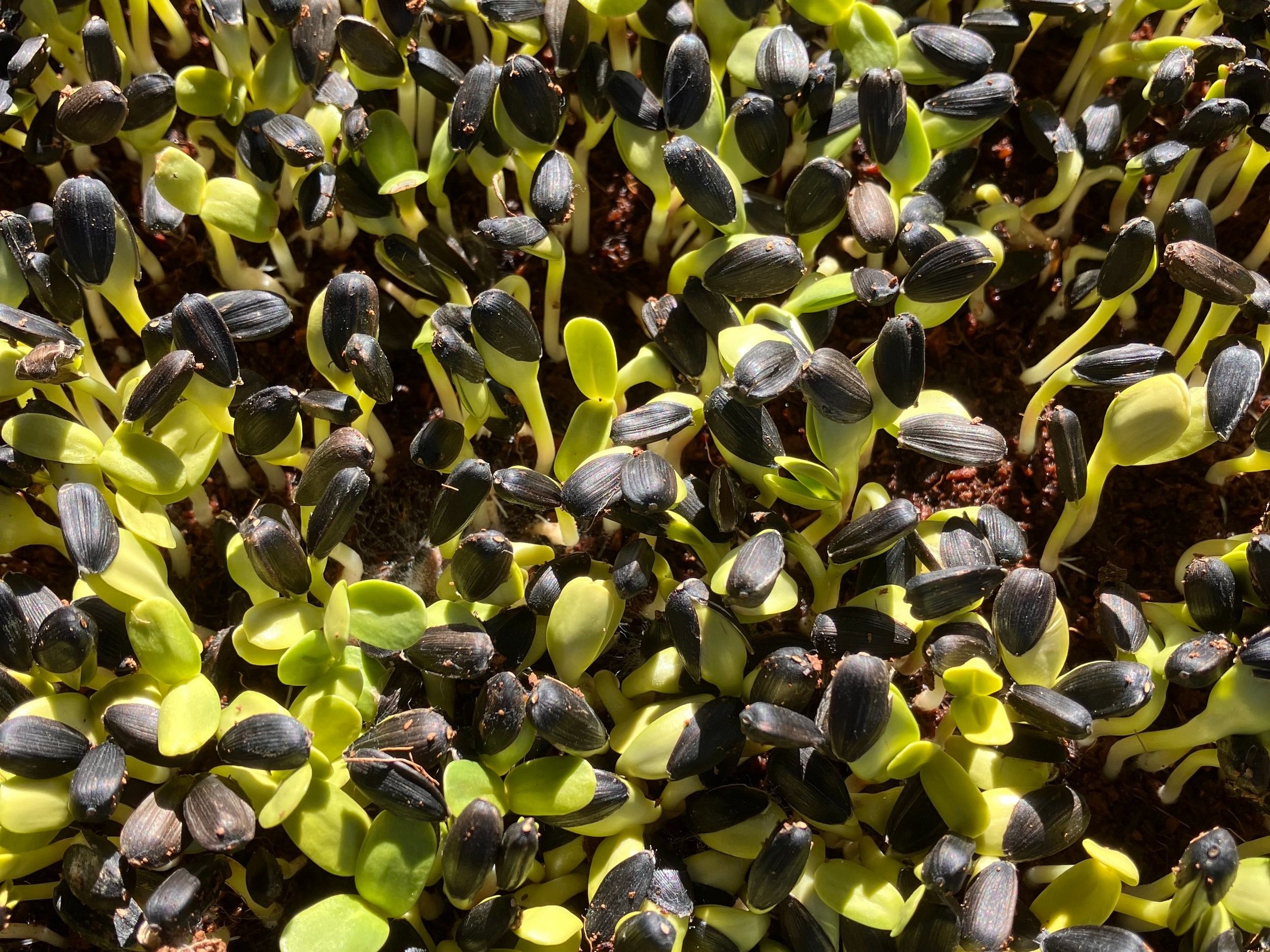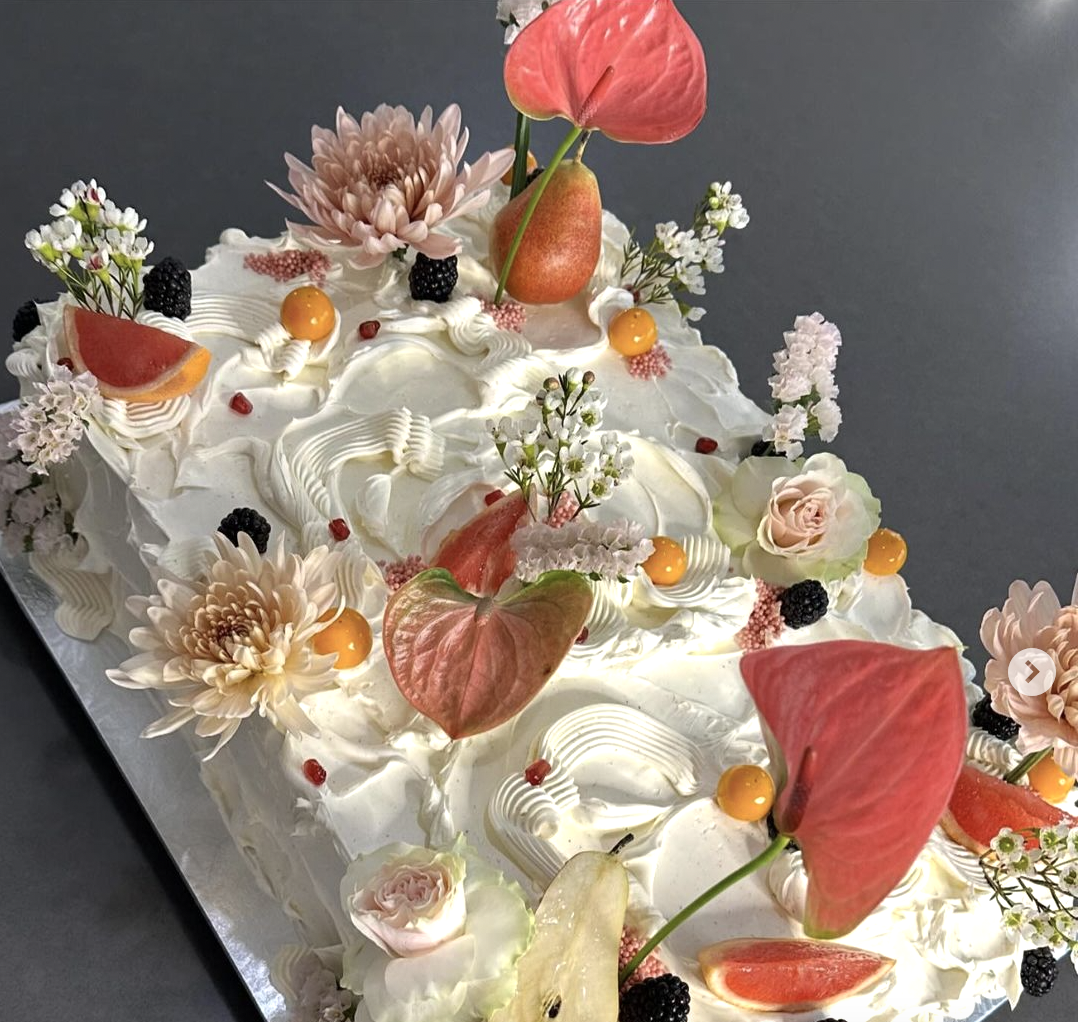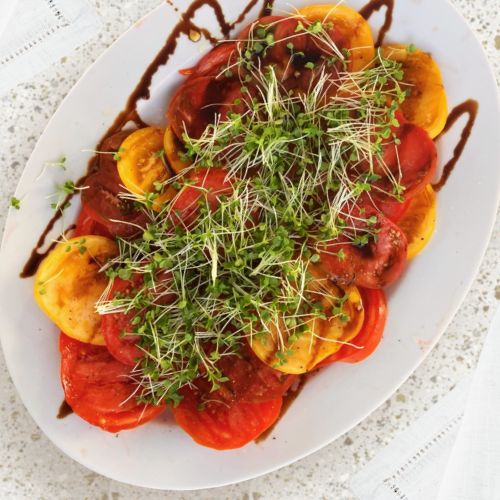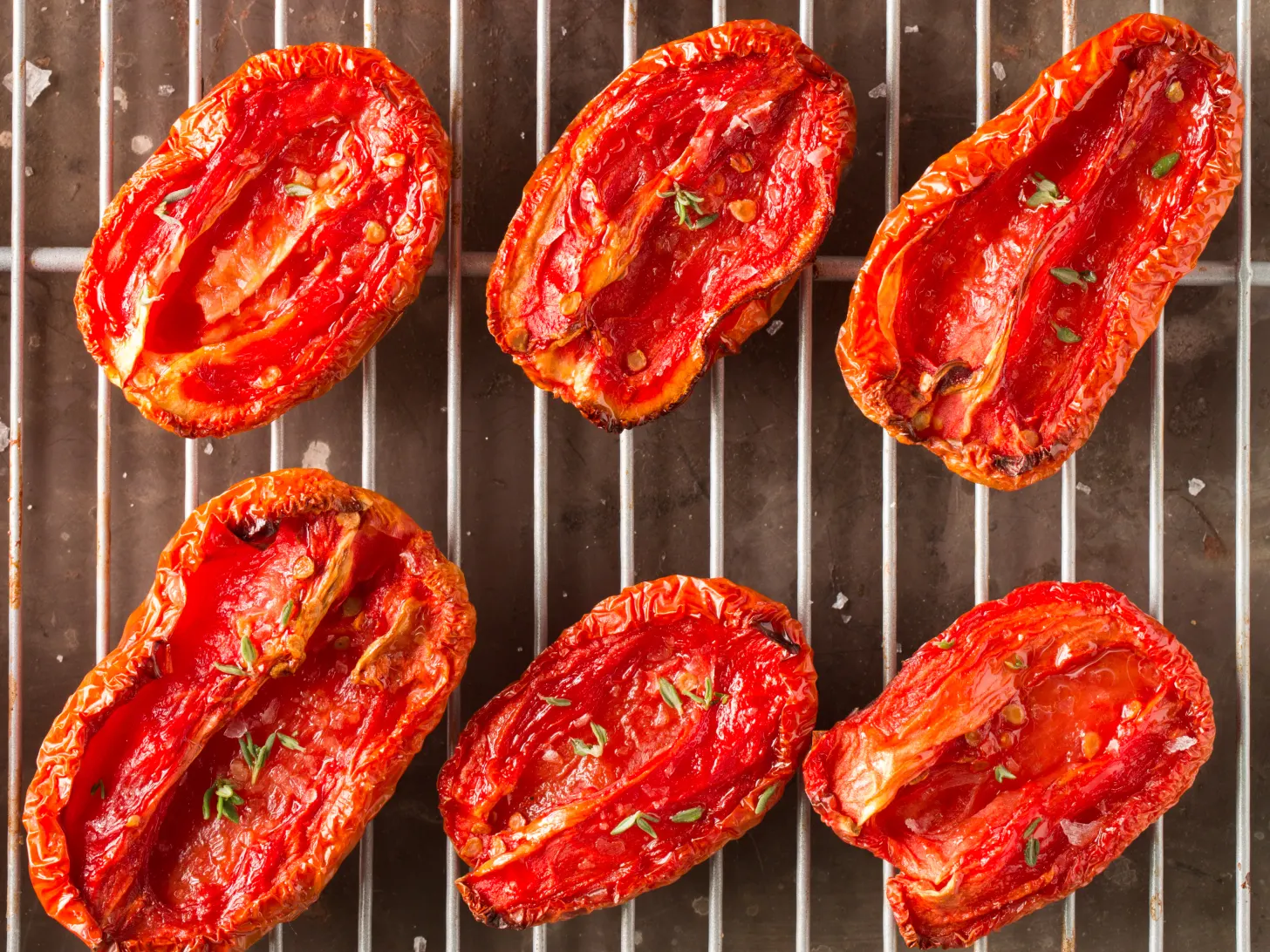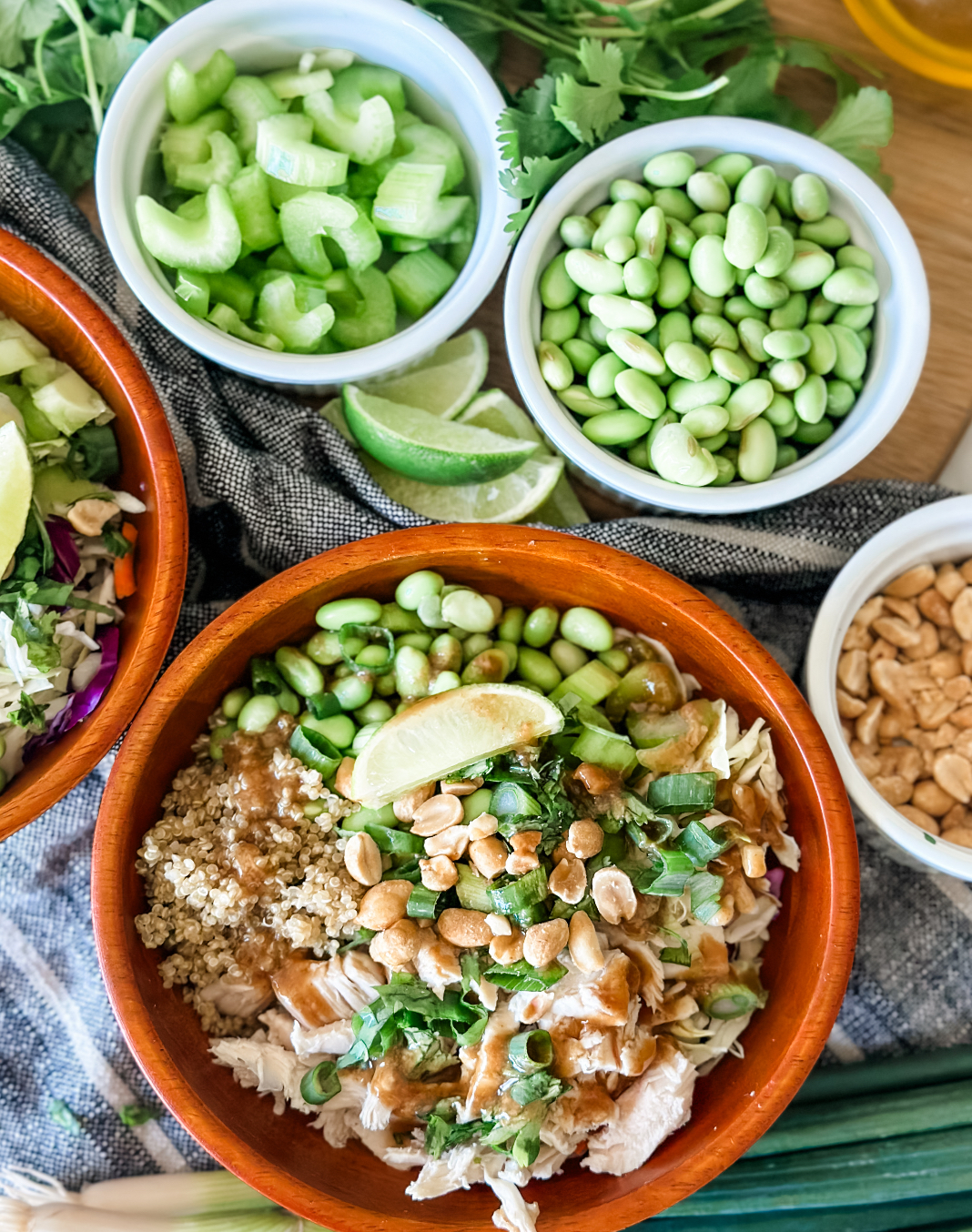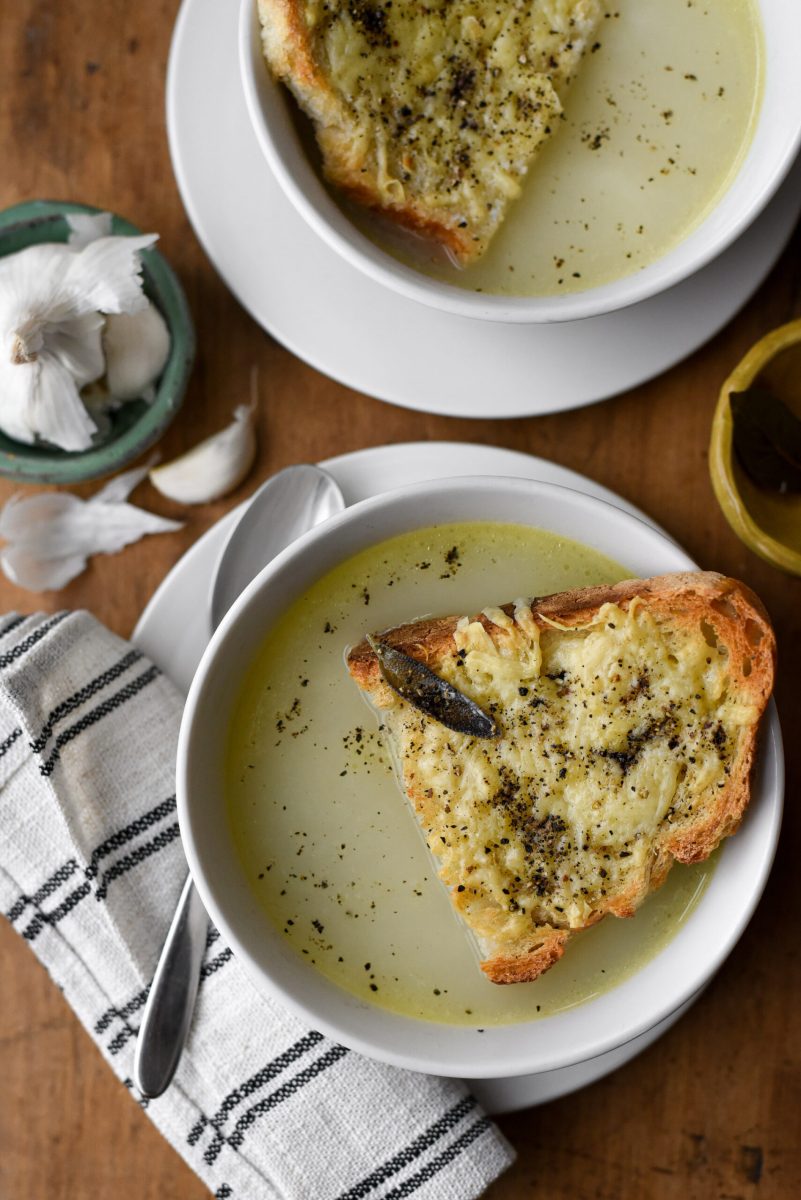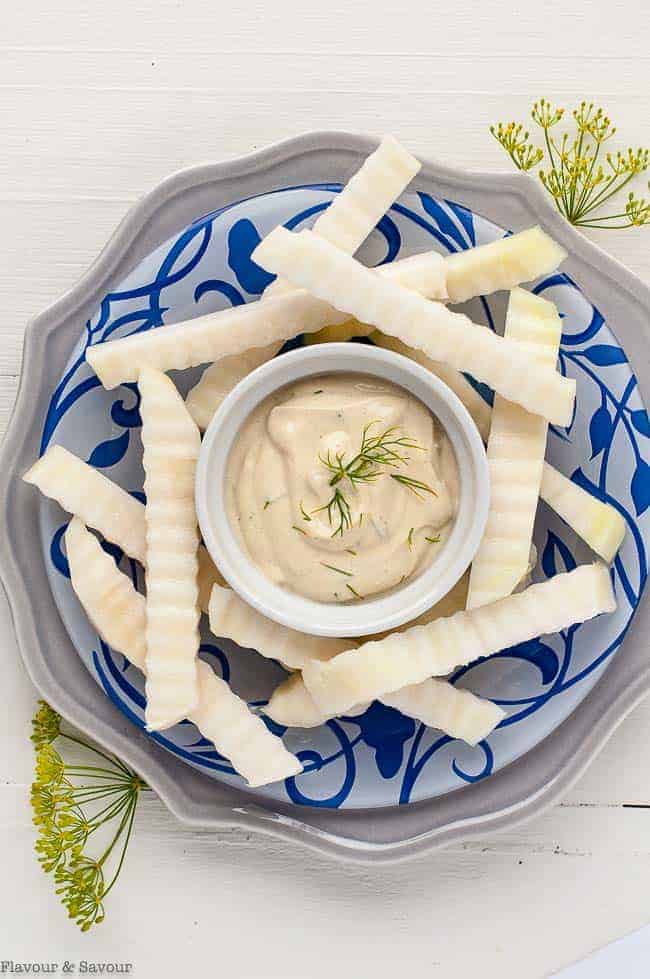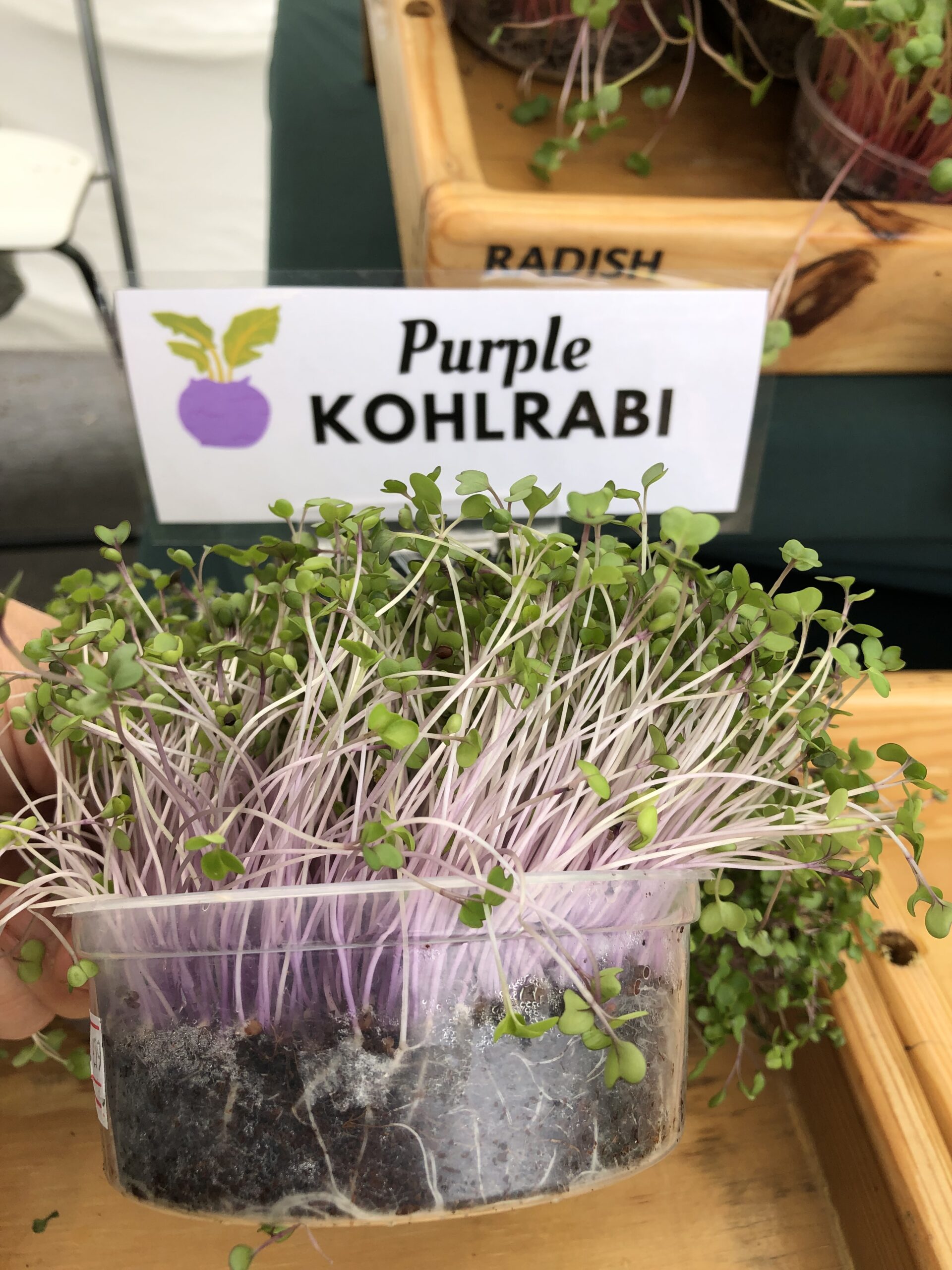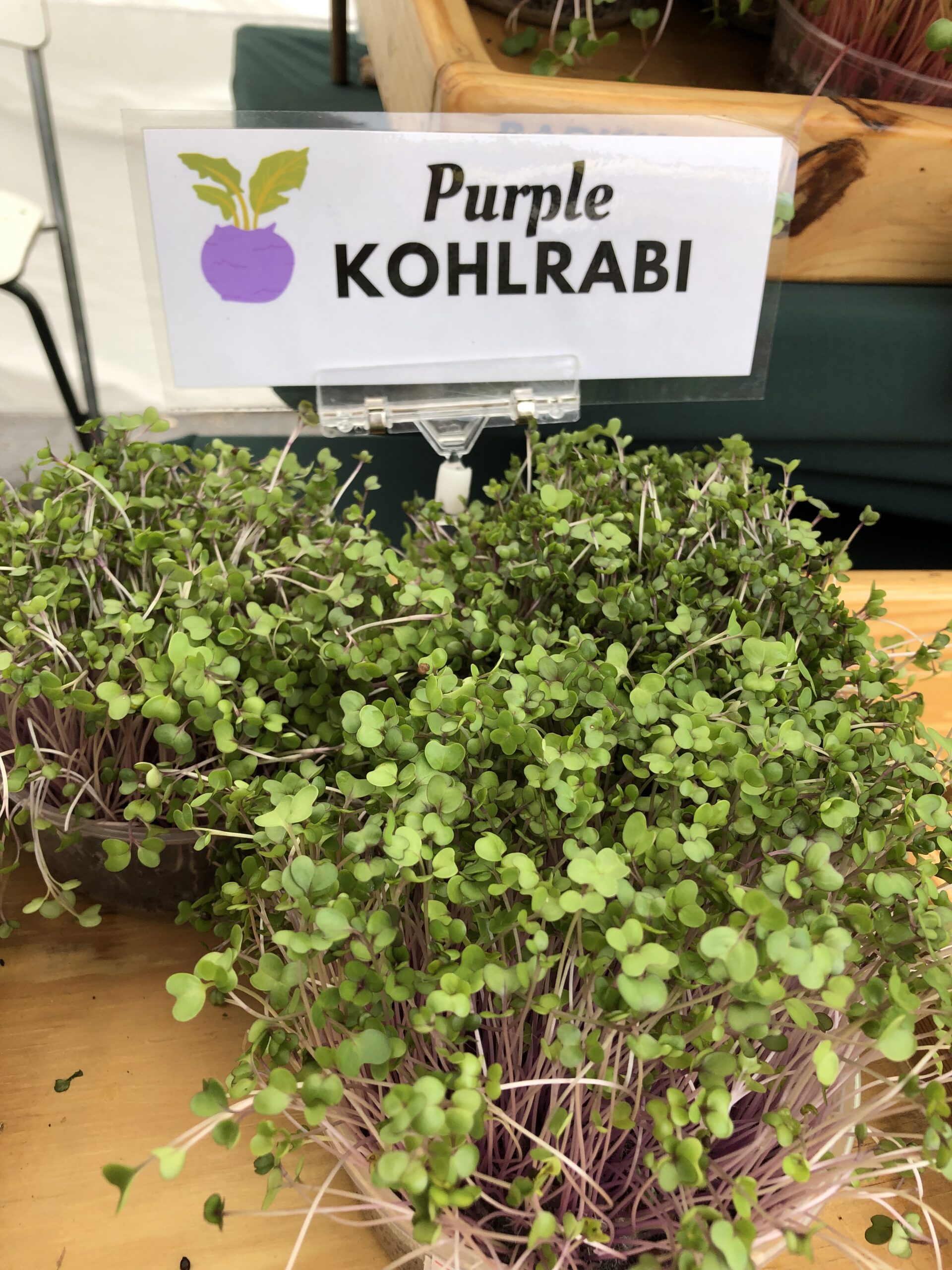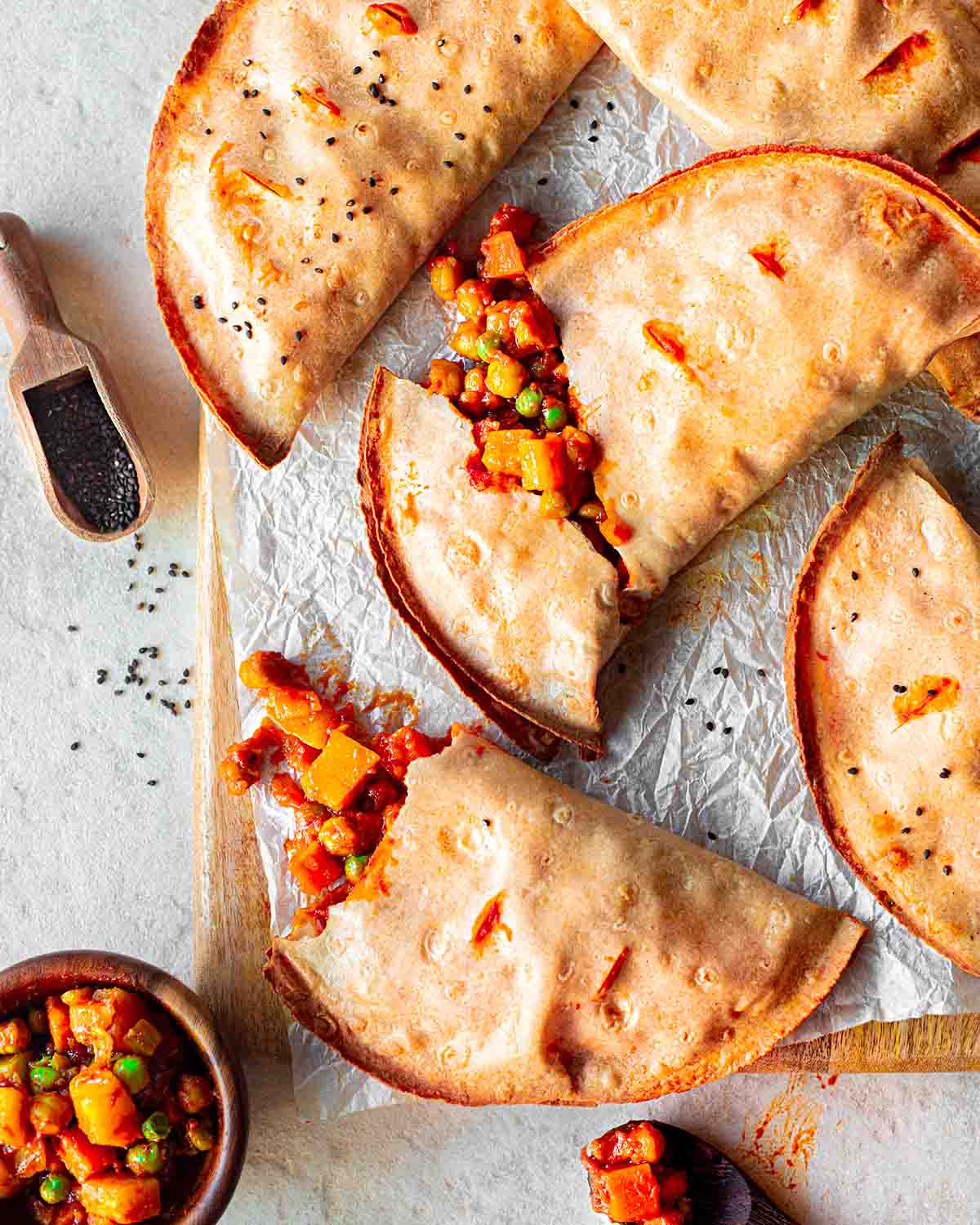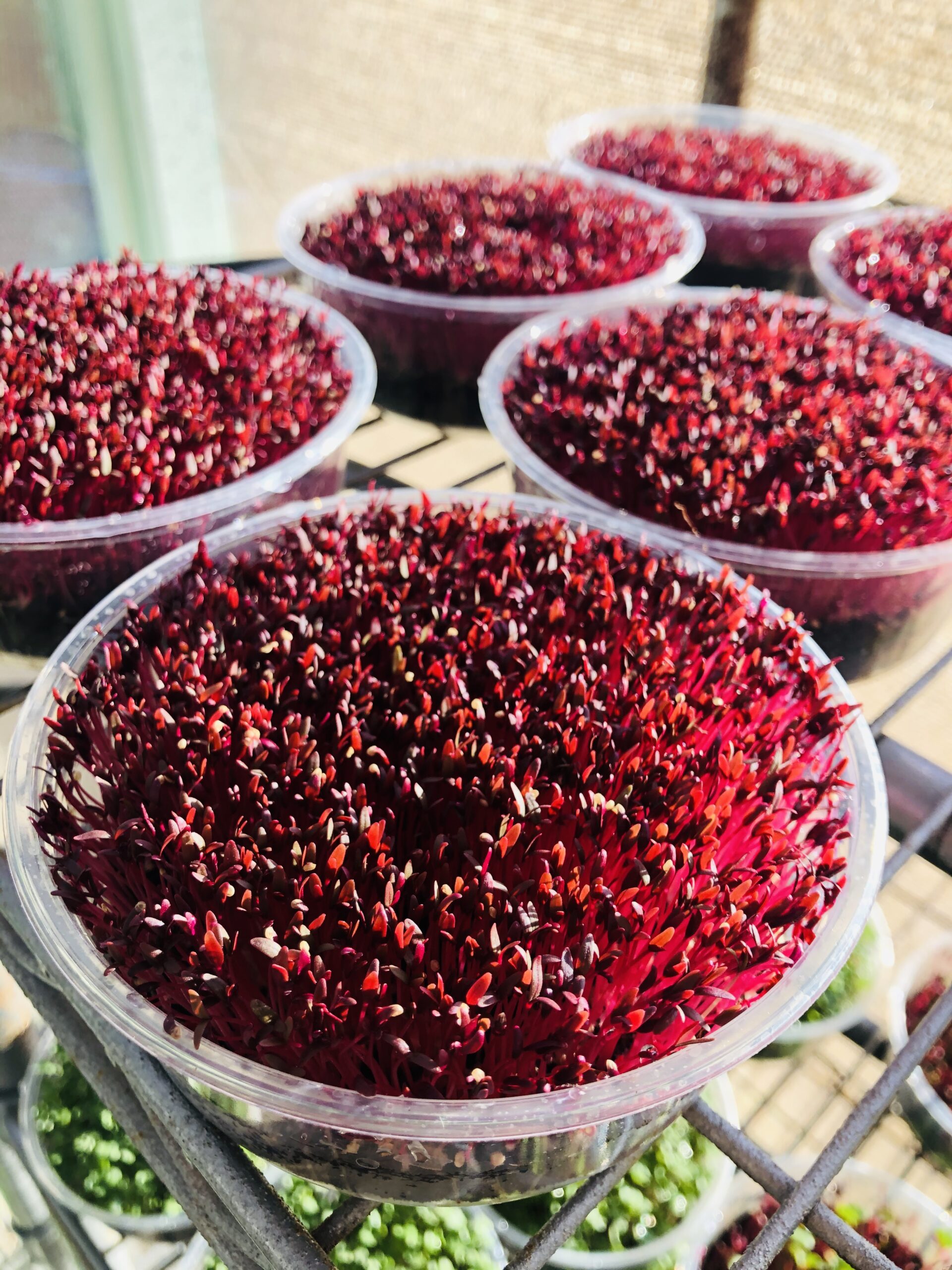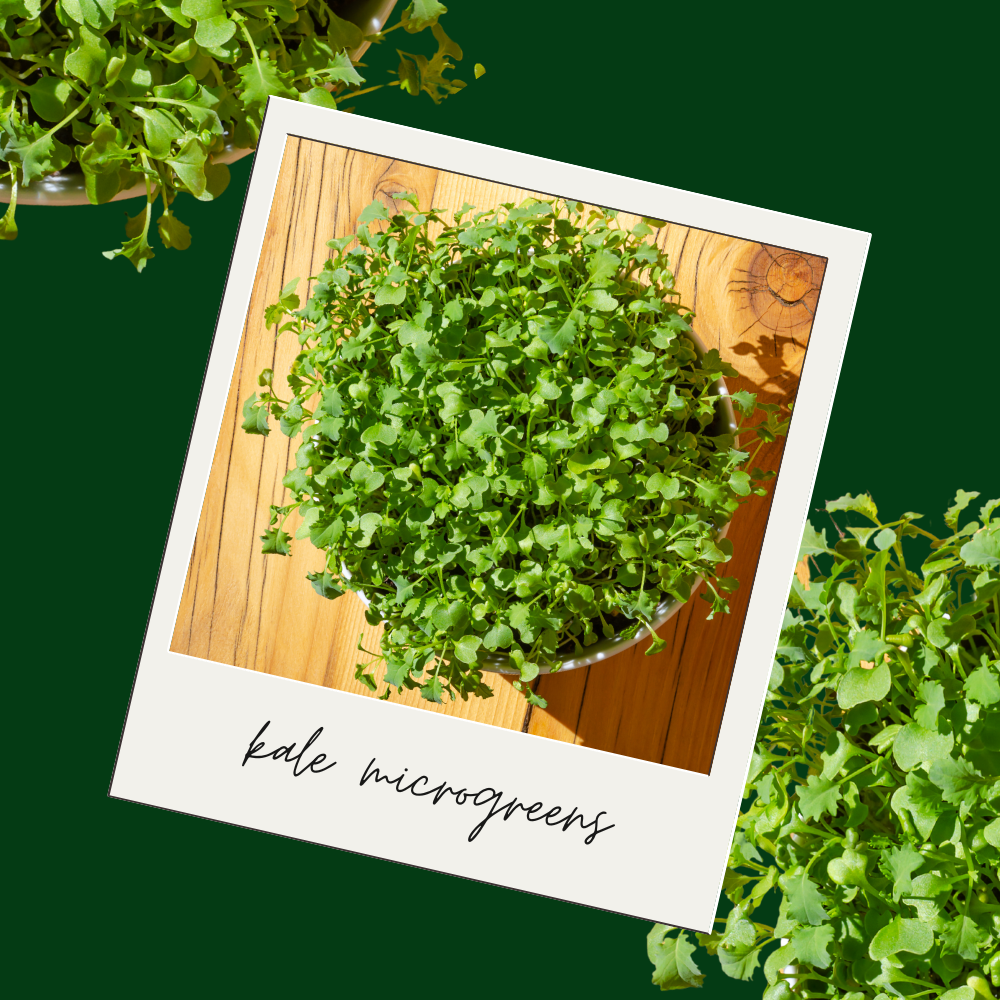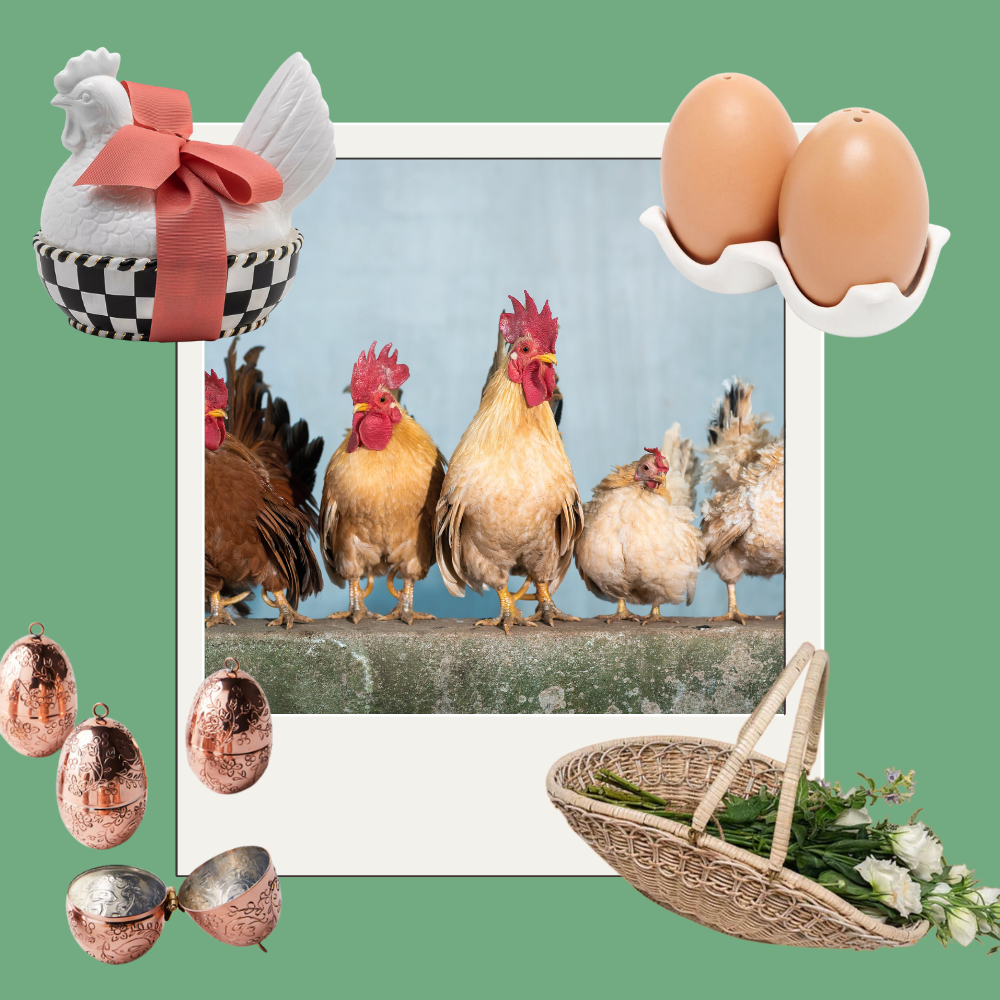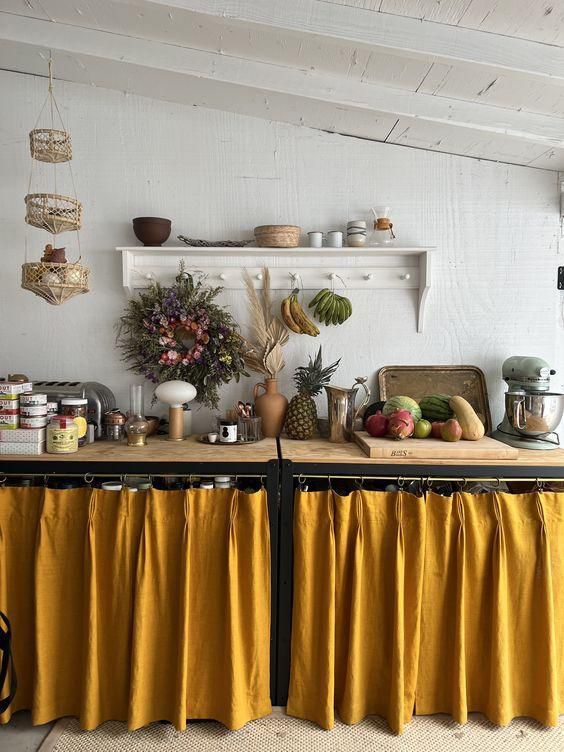Sunflower Shoots (Sunflower Microgreens) are delicious, but it can be hard to find them fresh. Even if you do find Sunflower Shoots, the price may be out of budget. Growing them yourself is not difficult, with a few supplies, and some seeds, you will have more sunflower shoots than you can eat! Read on to learn how to grow your own Sunflower Microgreens at home.
Big Pile of Sunflower Shoots
Why Should You Trust My Sunflower Shoots Growing Method?
I was a full-time microgreens grower for over 7 years. Sunflower shoots were a fan favorite. I often sold out. My entire micro farm was grown in rudimentary shade houses, outdoors. No fancy equipment or greenhouses. I grew them exactly how you will grow them at home. I’ve seen it all, and tried growing them every which way.
What Are Sunflower Shoots?
Read more about sunflower shoots, what they are and how to eat them in this post.
How Long Does It Take To Grow Sunflower Shoots?
If the weather is warm (70- 100 degrees) your sunflower shoots should be ready in two weeks. If the weather is cold (55-65ish degrees) closer to three weeks. If the weather is even colder, you’ll need to grow them indoors and use a grow light (about two weeks).
What Is the Difficulty Level for Growing Sunflower Shoots?
Sunflower shoots fairly easy to grow. But, they also have a tendency to grow mold, and before you know it, the crop has died. Know that this can happen. It happens to everyone at one point. The trick is to replant and try again. Use less water, rinse your seeds more, and use clean tools.
Gather Your Sunflower Shoots Growing Supplies:
-
Seeds: Purchase seeds black oil sunflower seeds from a reputable seed company that has designated the seeds as appropriate for growing microgreens or sprouts. (Read more about avoiding food born illness in my post about the difference between Sprouts and Microgreens). You’ll need about 50 grams of seeds to grow a 10 inch by 10 inch tray. I’ve used this company’s seeds and have had success and this company’s seeds.
-
Growing Trays: For growing at home, my favorite trays to grow sunflowers are sturdy, shallow, 10 inch by 10 inch hard plastic microgreens with-holes trays by Bootstrap Farmer, but you need to buy a bulk pack. I haven’t tried this brand, but it looks good and more economical. I used the cheaper flimsy 10×10 trays when I first got started because the price is so much less but trust me, they are not worth it . At minimum, you’ll need two trays with holes but if you are serious about growing sunflower shoots, you’ll need three trays— two with holes and one without holes. Here is a link to trays without holes.
-
Can you use any recycled plastic tray? Yes, you can use a recycled food container. However, you will need two of the same container and you’ll need to ensure the bottom of the container is flat (not curved). You will also need to poke some holes in the bottom of the trays. If the containers are flimsy, you’ll need to be very careful when moving. Too much movement can dislodge the seeds and impact the growing. It is a good option if you are just getting started, but if you intend to grow frequently, investing in solid trays will save a lot of time, energy, and set you up for success.
-
-
Mister: A spray bottle with a fine mister and clean water, the kind you’d drink. If you are going to grow regularly, a pump garden sprayer is convenient. However, a small spray bottle or even the mister nozzle on your garden hose will work for sunflower shoots. *Sunflower shoots are sturdier than typical microgreens, which can be damaged by watering with too much force, so a garden hose nozzle with a mist function is fine.
-
Growing Medium: I recommend Coco Coir to grow sunflower shoots. Don’t waste your time trying to grow on a paper towel (future post on that). Growing mats are an option too. I don’t prefer growing mats because they can be break easily and need more attention with watering (they dry out faster). Coco Coir can come compressed or already fluffed up. Compressed bricks are much easier to store and are more economical to purchase online. The most cost effective is the 5kg size here (you can either rehydrate the entire brick, or chip off pieces as you go), or get the smaller compressed brick here.
-
Something Heavy: Two bricks, or even books. You need some heavy weight to place on top of the sunflower seeds when you first plant them. The weight must be spaced evenly. *If you do use books, you may want to place them in plastic so they don’t get wet.
-
Sun or Grow Light: Sunflower shoots love sun. If it is winter, or you have a constant cloud cover, a grow light will also work. While other microgreens can use a simple kitchen light to grow, Sunflower Shoots need much more light. A good grow light is necessary. However, the sun is usually all you need. There are kits available that come with a tray and a humidity dome with a built in grow light. Not recommended because your sunflower shoots will not get light after the dome is removed. —A dome is not even required for growing sunflower shoots either.
-
If Growing in Colder Conditions (under 65 degrees): If you are growing during the winter and your inside and outside temperatures are below 65 degrees. A seed heating mat will be helpful. You can grow sunflower shoots without a seed mat, but they will take much longer to grow. During the extra growing time, your crop is more at risk of mold. A seed heating mat like this one will speed up your grow.
How To Grow Sunflower Shoots (Sunflower Microgreens)
-
Measure 50 grams of black oil sunflower seeds. About half cup of seeds.
-
Rinse seeds in water to remove any dust, dirt, or debris.
-
Soak Seeds for between 1 and 6 hours then drain and rinse. I find soaking in very hot water can speed up the grow and loosen hulls. Sow directly after sowing, or allow to sprout on the countertop for up to a day (rinse well at least twice a day if leaving to sprout).
-
Add water to compressed coco coir per package directions. Allow coir to fluff up. If you added too much water, squeeze coir to remove excess water. Place growing medium in a 1010 tray with holes about 1.5- 2 inchs deep. Tamp down to create a flat, even surface. Use the second tray to press firmly to even out coir in the tray.
-
Mist with water and spread seeds evenly over the soil. They should not overlap much, but can touch each other.
6. Lightly mist with water and allow any excess water to drain out.
7. Place the second tray directly on top of the seeds (the topper tray) and place bricks or other weights directly on the tray. Weight should be even. Two bricks fit perfectly in 1010 trays.
8. If you have a third 1010 tray with no holes, place the no hole tray on the bottom. Otherwise, place your trays on a sturdy tray— like a cookie sheet.
9. Place in a warm place (no light needed at this point).
10. In a few days, it is time to check your grow. Remove the bricks, and gently lift the topper tray. You will see little roots emerging from the sunflower seeds. Lightly mist with water to moisten. Mist more to ensure the coco coir soil is moist but not soggy. Replace the topper tray and bricks.
Sunflower Shoots After Topper Tray Removed
11. Repeat daily until sunflower shoots begin to push the topper tray and bricks up. The roots should have buried themselves in the soil at this point, the leaves will continue to be covered by the sunflower seed hull. At this point, remove the bricks but keep the topper tray in direct contact with the sunflower shoots.
12. From now on, if you are using the three tray set up (even if the third tray is a cookie sheet), water the sunflower shoots from below. Lift up the the sunflower shoots tray and pour water into the no -holes tray. Allow the the soil to absorb as much water as it will in 20 seconds or so. Drain out excess water that was not absorbed. If you do not have three trays, continue to water from above, by pouring water around the edges of the tray and tipping to allow water to reach the center of the tray. Drain excess water always. You never want soggy, overly wet growing medium.
13. Once the sunflower shoots have pushed up the tray an inch or two, remove the topper tray. Gently brush your hands over the top of your sunflower shoots to dislodge seed hulls.
14. Place your sunflower shoots in a sunny or bright location with air flow (indoors or outdoors, does not need to be in direct light, but can tolerate direct light). Or place under a grow light. If you using a grow light, ensure the sunflower shoots have good air flow. A little fan can help keep your shoots healthy.
15. Continue to water daily per #12 and brush your hands over the top of your shoots to remove hulls. You may need to water twice per day if you find your seeds are drying out too much. The soil should always be moist.
16. When the sunflower shoots are tall enough to easily cut with a knife, they are ready to harvest. Always harvest at the two-leaf stage. IF you start to see a third or fourth leaf beginning to grow, harvest the entire tray
Do You See White Fuzz Growing on your microgreens?
That fuzz might be root hairs (totally normal). Read my post about white stuff growing on microgreens here.
Read More About Sunflower Shoots (Sunflower Microgreens)
